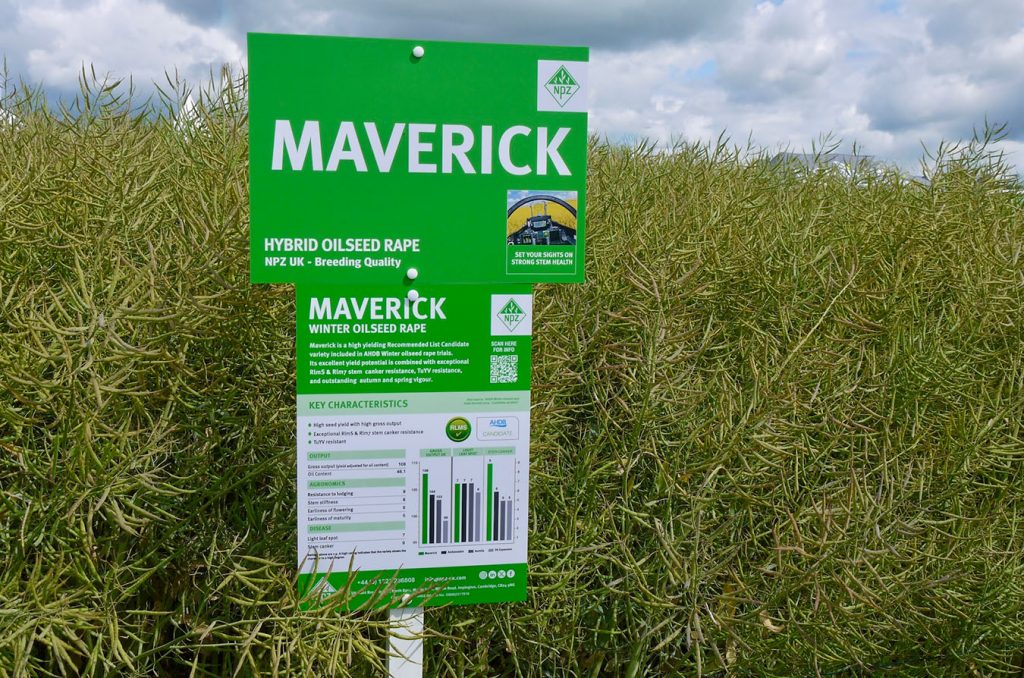United Kingdom
September 6, 2024
“September is not too late to drill your oilseed rape,” says Chris Guest, Managing Director of NPZ UK, “Indeed, many breeder and official trials are sown into September.
“Nowadays a large percentage of oilseed rape on-farm is drilled in August or even the end of July, with the idea of getting crops up and avoiding the worst of flea beetle damage, however as we have reported previously this can be a limiting factor when it comes to yield potential.
Many experts agree that when you consider diseases such as phoma, light leaf spot and verticillium, along with the impact of climate change and milder autumn conditions, September can be the best time to drill your oilseed rape.
It is worth remembering some of the benefits of later drilling to balance those of early drilling: For a start, weeds are often smaller and easier to control in a later-drilled crop. Something that is increasingly important with the ever-diminishing choice of herbicides – and if there is a blackgrass problem – later drilling gives you more time to create a stale seedbed.
In addition, later drilled crops tend to be at less risk from CSFB larvae as it gives the adults less time for adults to lay their eggs in the crop, and where clubroot is an issue, later drilling can reduce the risk of infection.
From the recent research carried out along with Dr Ute Kropf, from the University of Applied Sciences in Kiel, Germany – one of the key reasons for moving the sowing date later is to ensure that the crop does not get too advanced in the autumn, utilising the temperature accumulation required to get the crop to a certain growth stage, which maximises yield potential. A grower is able to calculate the latest safe sowing date to achieve – circa 900-1000 day degrees accumulation pre-winter to ensure the crop does not start to elongate too early. Obviously this date will vary between growers, based on geographical location/altitude etc.
Chris Guest emphasises that, if you are considering drilling into September, a key prerequisite is to choose hybrid varieties – they are quick to get going with good autumn vigour added to strong spring vigour.

“All our oilseed rape varieties are hybrids – and NPZ UK’s high yielding winter oilseed rapes Murray, Vegas and Candidate Maverick fit the bill exactly, along with outstanding disease resistance including the RlmS phoma resistance gene, and excellent LLS resistance.
“Looking at prospective yields, Maverick is at the top of this year’s AHDB oilseed rape RL results, with Turing, Vegas, and Murray close behind to give four NPZ UK varieties in the top ten as the ideal choice of variety for late drilling,” Mr Guest adds.
R